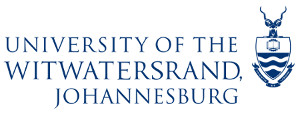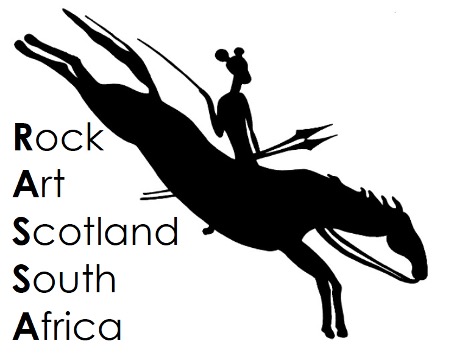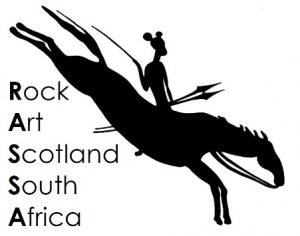The Rock Art Research Institute (RARI) at the University of the Witwatersrand is the foremost Institute of its kind in the world, and yet it operates on small and piecemeal budgets in a developing country. Most southern African rock art is situated in very poor rural mountain areas or remote national parks, making it logistically difficult to reach. Local community custodians (whether in villages or parks staff) are key to safeguarding this heritage resource, as well as guiding visitors to the sites. RARI engages with local custodians and offers training in site preservation protocols and management, though it lacks capacity to follow through in terms of innovative solutions for locals to make their own records. So far only one Field Technician has been equipped and trained to survey for, and record rock art. While this has been a singular success, it does not address the vast magnitude of un-surveyed areas in which this vanishing heritage awaits discovery. (https://www.wits.ac.za/rockart/)
Scotland’s Rock Art Project (ScRAP) is a five-year (2017-2021) community co-production research project that aims to promote, document and analyse prehistoric rock carvings across Scotland in order to improve understanding and public awareness of this vulnerable and neglected heritage. ScRAP has extensive experience in incentivising, supporting and training local community volunteers at all levels of experience and interest in recording rock art across Scotland using a standardised field methodology, including the production of 3D models for every carved rock surface. ScRAP has been very successful in raising public awareness (e.g. through social media channels) and promoting wider public engagement (e.g. workshops, photo comp, webinars etc) with rock art. In addition, ScRAP has also promoted awareness and conservation methodologies within the Scottish heritage profession leading to the development of effective management and conservation strategies at a national level. (https://www.rockart.scot/index.cfm)




